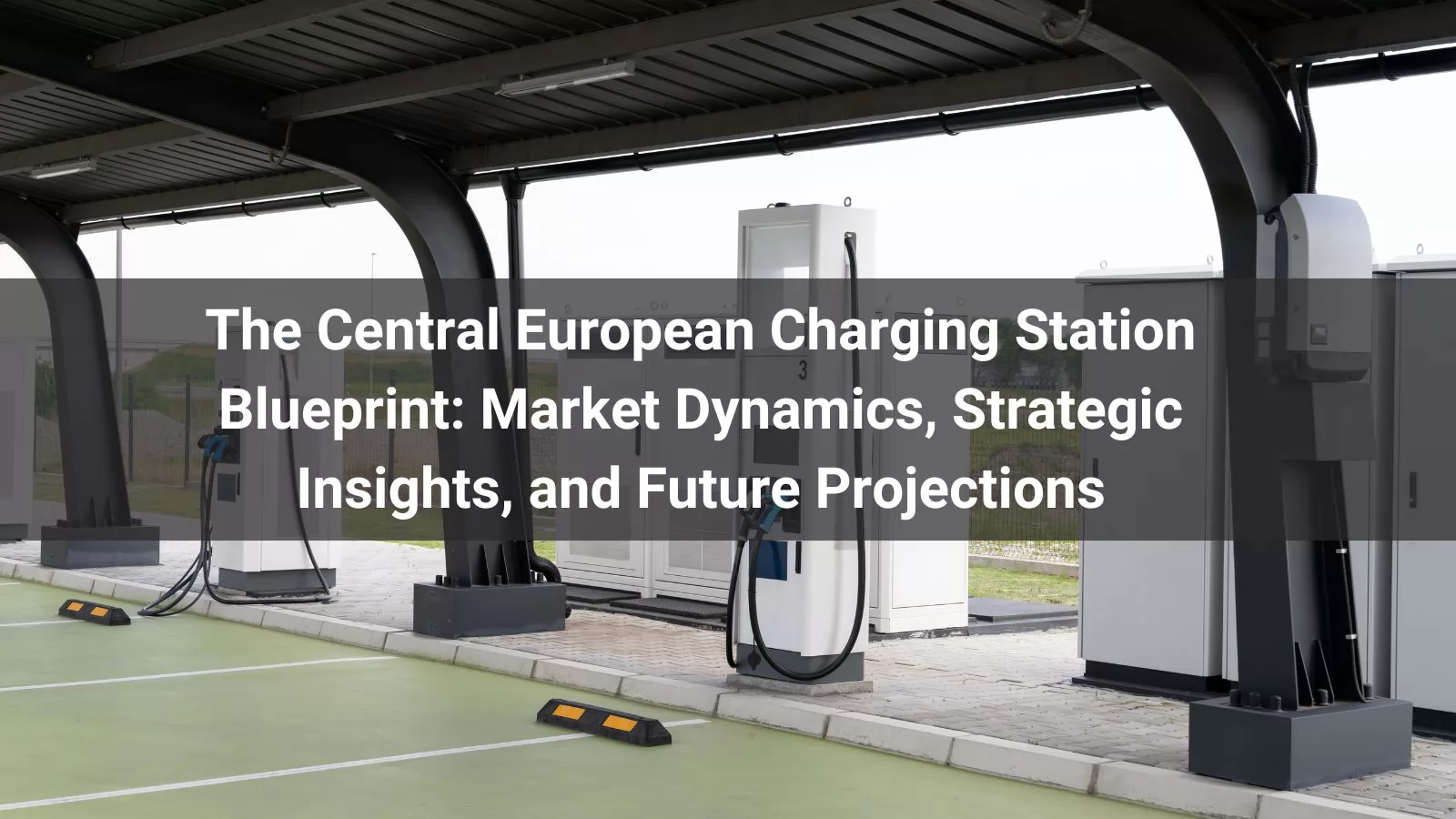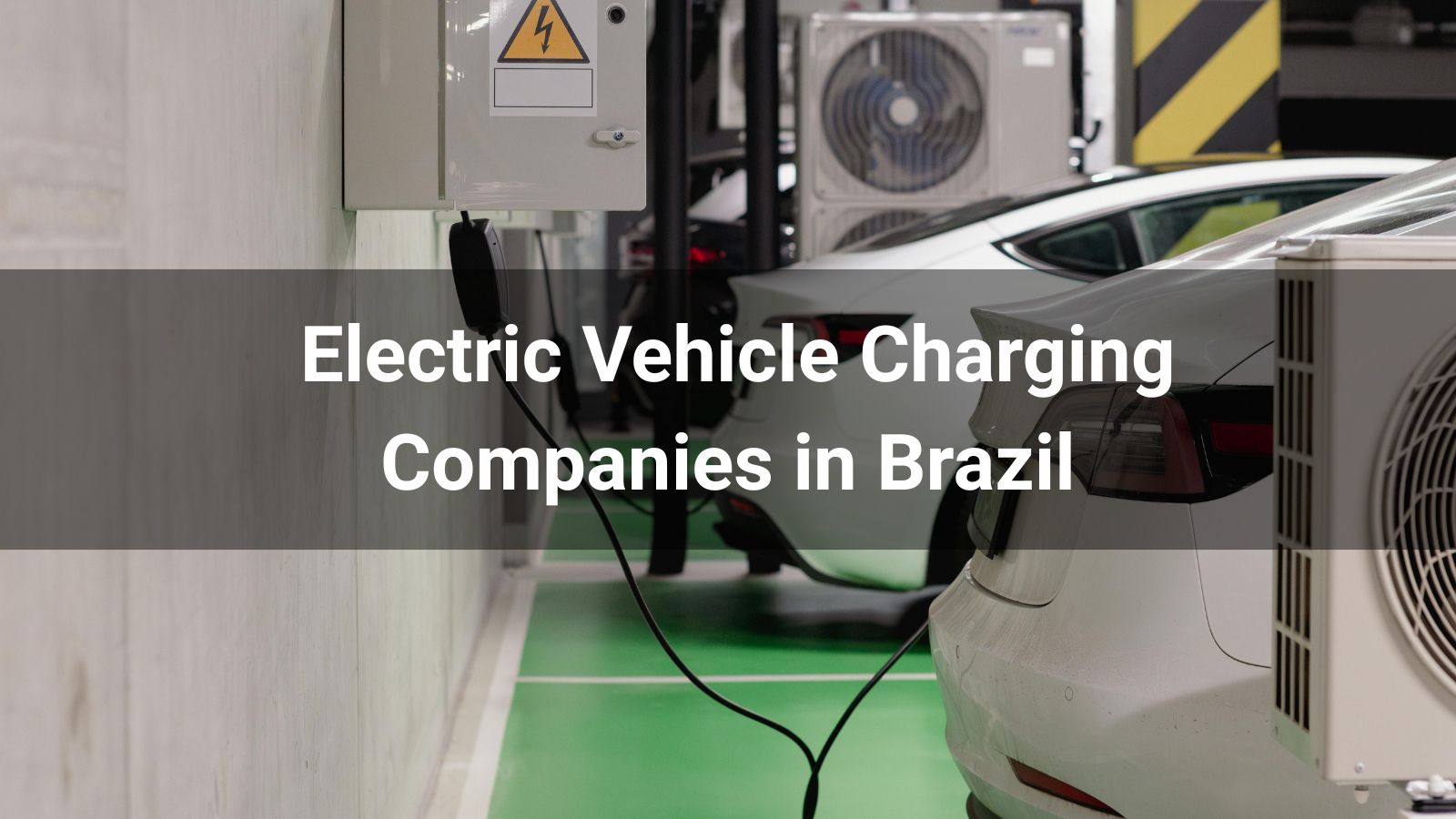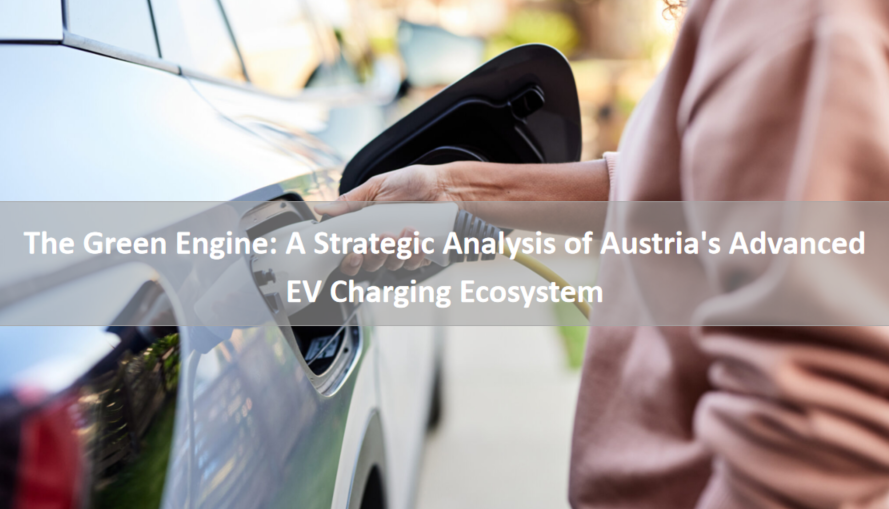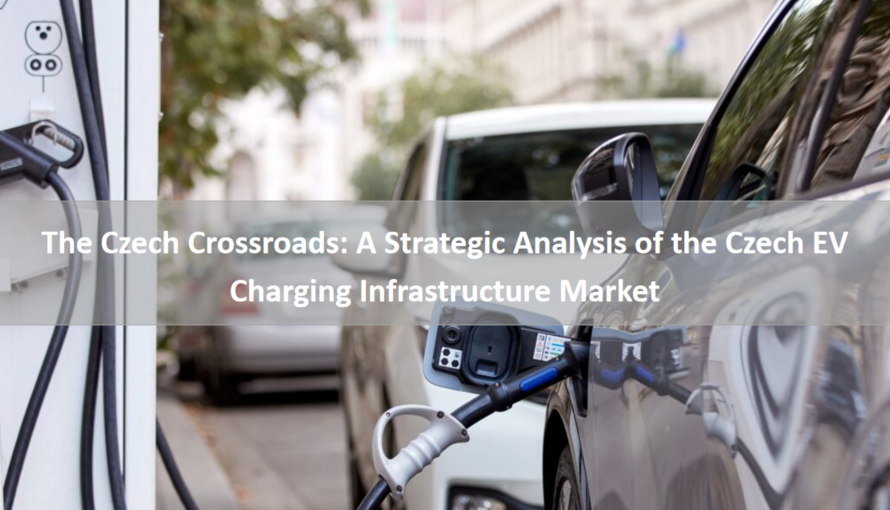
Authored by: Anari Energy Global Insights Team Date: October 31, 2025
The Central European (CE) region—comprising Germany, Austria, Switzerland, Poland, the Czech Republic, Slovakia, and Hungary—is no longer an emerging electric vehicle (EV) market; it is the continent's new powerhouse. Driven by stringent EU regulations, ambitious national targets, and a robust automotive manufacturing base, the region is undergoing a profound mobility transformation. This report analyzes the CE EV charging infrastructure landscape, revealing a market characterized by rapid growth, complex demand patterns, and significant untapped potential, particularly in the commercial and heavy-duty vehicle segments. Key findings indicate that while Germany leads in absolute numbers, the Visegrád Group (Poland, Czech Republic, Slovakia, Hungary) presents the highest growth velocity. Success in this market requires a product portfolio capable of addressing diverse use-cases, from ultra-fast charging along the TEN-T corridors to smart, depot-based solutions for fleet operators. The next decade will be defined by a strategic shift from foundational public network build-out to the optimization, electrification of commercial transport, and integration of renewable energy. The lessons learned in Central Europe provide an invaluable strategic roadmap for the impending surge in Southern European demand.
The Central European EV market is a tale of two interconnected engines: the Western innovation leaders (Germany, Austria, Switzerland) and the Eastern manufacturing and adoption sprinters (the Visegrád Four). This duality creates a dynamic and self-reinforcing ecosystem.
The EU's de facto ban on new internal combustion engine (ICE) car sales from 2035 has acted as a powerful, unified catalyst. However, national interpretations and subsidies have created distinct market nuances. •Germany: As the EU's largest auto market, Germany's Umweltprämie (environmental bonus) has been instrumental in boosting EV adoption. More critically, the German automotive industry, from Volkswagen to Mercedes-Benz, has staked its future on electrification, creating a powerful pull-effect for the entire supply chain within the CE region. •Austria & Switzerland: These markets exhibit high consumer environmental consciousness and strong purchasing power. Switzerland, though not an EU member, closely mirrors EU policies and has one of the highest EV penetration rates per capita, driven by a combination of federal subsidies and cantonal-level incentives. •The Visegrád Four (Poland, Czech Republic, Slovakia, Hungary): Historically the "Detroit of Europe," this region is critical. The transition is not just about consumer adoption but about the survival and transformation of their economic backbone. Slovakia, for instance, has the highest per capita car production in the world. Factories in Bratislava (Volkswagen), Žilina (Kia), and elsewhere are retooling for EV production. This industrial pivot is creating a parallel, and equally critical, demand for industrial-grade charging solutions within manufacturing plants and logistics hubs.
The CE market is maturing beyond early adopters. •Germany and DACH region: The market is entering the early majority phase. EV models are diversifying, and a robust used-EV market is beginning to form, which will further accelerate adoption. •Visegrád Region: These markets are still in the early adopter phase for private vehicles but are showing explosive growth in the commercial segment. The higher upfront cost of EVs remains a barrier for individual consumers, making corporate and municipal fleets, along with ride-hailing services, the primary drivers of new EV registrations. Deep Insight: The CE market demonstrates that EV adoption and charging infrastructure development are not monolithic. A successful market entry strategy must segment not just by country, but by user archetype: the environmentally-conscious private user in the West, the cost-sensitive fleet operator in the East, and the industrial OEM across the entire region.
Understanding the "where, when, and how" of charging demand is paramount for infrastructure planning. The CE market reveals a multi-layered demand structure.
Demand can be segmented into three core categories, each with distinct technical and business model requirements: •Convenience Charging (The Urban Fabric): This encompasses home charging (predominant in single-family homes in Germany/Austria) and public/workplace charging (critical for apartment dwellers in cities like Prague, Warsaw, and Budapest). The demand is for AC charging (11-22 kW), with a key need for smart load management to prevent grid overload in dense urban areas. •Necessity Charging (The En-Route Corridor): This is the backbone of inter-city travel. Demand is concentrated along major highways like the German Autobahn networks and the Pan-European transport corridors. Here, speed is paramount. Demand is for High-Power Charging (HPC) stations (150-350 kW) that can deliver a significant charge in 15-30 minutes. The business case relies on high utilization rates and ancillary services like retail. •Operational Charging (The Commercial Fleet): This is the sleeping giant of the CE market. As logistics companies, public transport operators, and last-mile delivery services electrify, they create a massive, predictable, and concentrated demand. •Depot Charging: E-buses, e-trucks, and logistics vehicles return to a central depot overnight. This requires smart, scalable AC (22 kW) or DC (50-150 kW) charging systems that can simultaneously charge an entire fleet without exceeding the depot's grid connection capacity. Anari Energy's PowerSync Manager is specifically engineered for this, enabling dynamic power allocation to optimize charging schedules and minimize energy costs. •Opportunistic HPC for HDVs: Heavy-Duty Vehicles (HDVs) on long-haul routes will require a new class of ultra-high-power chargers (megawatt-level charging systems, MCS). While still nascent, the CE region, with its dense trucking routes, is a primary testing ground.
A profound insight from the CE experience is the inadequacy of simply counting charging points. The critical metric is kilowatt-hour (kWh) delivered per point per day. Many early-generation 50 kW DC chargers in Eastern Europe show low utilization, while 150kW+ chargers on German highways are often at capacity. This indicates that the market is not suffering from a general lack of chargers, but a strategic misallocation of power and location.
The physical and operational distribution of charging infrastructure in CE is heterogeneous, reflecting economic disparities, population density, and policy effectiveness.
•Germany boasts the most extensive and dense network, with a relatively good distribution between urban centers and key arterial routes. However, even here, rural areas in the former East Germany lag significantly. •Austria and Switzerland have excellent coverage, particularly in alpine transit corridors, recognizing the importance of EVs for tourism and cross-border trade. •The Visegrád Four exhibit a pronounced capital-city centric model. Warsaw, Prague, and Budapest account for a disproportionately high share of public chargers, creating "charging deserts" in between. This presents a strategic opportunity for targeted infrastructure development along secondary economic corridors.
The market is characterized by a mix of large utilities (e.g., E.ON, CEZ), oil and gas majors (Shell, BP), specialized CPOs (ChargePoint, Ionity), and a plethora of small, local operators. This fragmentation leads to a poor user experience, with a multitude of RFID cards and apps required. The trend is moving towards interoperability through platforms like "Hubject," but the journey is incomplete. This highlights a critical value proposition for partners: choosing a charging provider like Anari Energy, which offers not just hardware but seamless backend software and interoperability features, is a key operational advantage for installers and operators.
The distribution of charging piles is not just a matter of geography but of grid capacity. In dense urban areas in Poland and the Czech Republic, the existing grid is often a major constraint to deploying high-power chargers. This necessitates: •Smart Charging: Mandatory to dynamically manage power draw. •Battery-Buffered Solutions: Stations with integrated battery storage can draw power slowly from the grid but discharge rapidly to vehicles, mitigating the need for expensive grid upgrades. Anari Energy's StationPower Pack is a prime example of this technology, enabling the deployment of HPC stations in grid-constrained locations.
Based on current trajectories and emerging trends, the next decade will see the CE charging ecosystem evolve through three strategic phases.
Phase 1: Network Consolidation and Interoperability (2024-2027) •Focus: Filling the gaps in the Visegrád region's secondary networks and ensuring full interoperability across the entire CE region. •Action: Public funding (e.g., EU Recovery and Resilience Facility) will be directed towards co-financing CPOs to build in underserved areas. The market will see a wave of consolidation among smaller CPOs. •Product Implication: Demand for reliable, cost-optimized 100-150 kW DC chargers and smart 22 kW AC chargers for these new locations.
Phase 2: The Commercial Fleet Electrification Boom (2025-2030) •Focus: Scaling depot charging and launching the first public HDV charging corridors. •Action: Logistics hubs, bus depots, and industrial zones will become the new epicenters of infrastructure deployment. Public-private partnerships will be formed to install MCS pilots along the TEN-T core network. •Product Implication: High demand for scalable, software-defined depot charging systems and the early adoption of MCS prototypes. Anari Energy's modular design philosophy, where power cabinets can be scaled independently of dispensers, is ideally suited for this phased, capacity-growing demand.
Phase 3: System Integration and V2G Maturation (2028-2033) •Focus: Moving beyond mere charging to fully integrating EVs into the energy system. •Action: Bi-directional charging (Vehicle-to-Grid - V2G) will move from pilot to commercial scale, allowing fleets to become virtual power plants, providing grid balancing services and generating new revenue streams. •Product Implication: The next generation of charging hardware will need to be V2G-capable by design. The value will shift decisively from hardware to the AI-driven software platform that manages these complex energy flows.
Strategic Layout Recommendation: The map of Central Europe in 2033 will feature: •HPC Hubs: Every 50-100 km on all major highways. •City Hubs: Dense networks of fast-chargers in urban peripheries for taxi and logistics drivers. •Depot Farms: Thousands of operational charging points at corporate and municipal depots. •HDV Megahubs: Strategic locations near logistics centers and border crossings equipped with MCS.
The Central European charging station market presents a complex but highly lucrative landscape. Its development offers several critical lessons for stakeholders, particularly those looking at the next wave of growth in Southern Europe: 1.Segment or Fail: A one-size-fits-all product and market strategy is doomed. The needs of a Munich-based adopter are worlds apart from a Warsaw-based fleet manager. 2.Think in Kilowatts, Not Points: The future of infrastructure is about power delivery, not the mere presence of a charging point. Strategic deployment of HPC and smart load management is what separates successful operators from the rest. 3.The Fleet is the Future: The most significant and predictable demand growth will come from the electrification of commercial vehicles. Infrastructure providers must develop specialized, scalable solutions for this segment today. 4.Hardware is a Commodity, the Platform is King: The long-term value and customer lock-in will be created through robust, intelligent software platforms that manage charging, energy, and interoperability seamlessly. For installers, operators, and distributors in Southern Europe, the Central European experience is a crystal ball. It reveals that preparing for the EV revolution requires more than just selling hardware; it requires a strategic partnership with a technology provider that possesses the foresight, product portfolio, and software expertise to navigate this complex transition. Companies like Anari Energy, having honed their products and strategies in the demanding and diverse laboratory of Central Europe, are uniquely positioned to be that partner, delivering not just charging stations, but comprehensive energy solutions for a new era of mobility.







